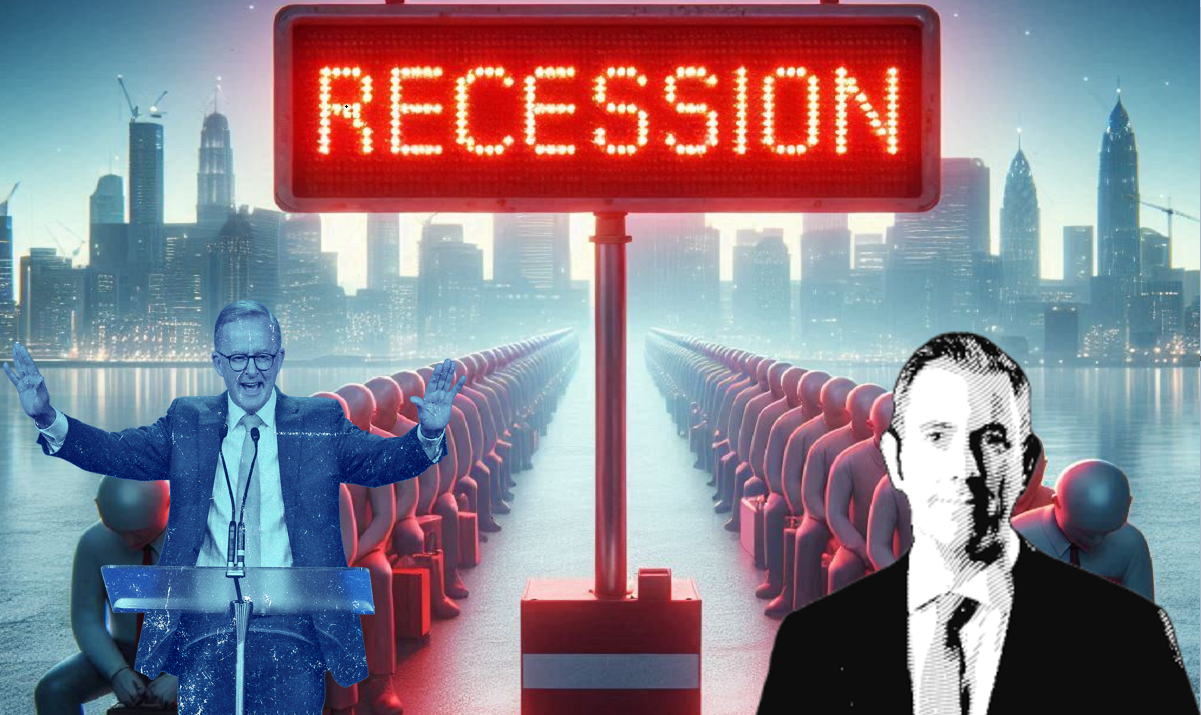Australia’s Labour Market Holds Steady in September: Implications for RBA Rate Cuts

- by Admin
- October 15, 2024

Australia’s labour market is expected to have remained stable in September. Market economists forecast that the unemployment rate was unchanged during the month at 4.2%, courtesy of a 25,200 person increase in employment.
If recent history is to be a guide, the labour force data will deviate significantly from expectations. The past five releases have seen significant upside surprises, with analysts struggling to forecast the labour market following the change to seasonal patterns and hiring behaviour since the pandemic. Economists have generally underestimated the change in employment, especially given that strong hiring has come despite the Australian economy teetering on the edge of recession.
Zooming out, the trend in the labour force data is of a higher unemployment rate. However, that’s mostly due to a steady increase in labour supply due to high levels of immigration. From a historical standpoint, the 4.2% unemployment rate remains low and potentially at or below levels policymakers would consider full employment.

Source: ABS
Solid hiring is one reason why the RBA has been reluctant to lower interest rates. A 4.2% jobless rate is below where the central bank believes it will end 2024. When it comes to monetary policy expectations, this labour force release may inform the timing of when the RBA starts lowering interest rates. Currently, cash rate futures imply that interests will begin to be cut by the middle of next year.

Source: ASX
The implied probabilities of future RBA cuts are in contrast with the central bank’s rhetoric in recent months, which has highlighted the upside risks to rates from sticky inflation. The RBA has attempted to decentre the demand side of the economy, of which the labour market is a heavy influence, and emphasise the influence of the supply side, especially weak productivity, on inflation and the policy outlook.
AUD/USD weakens on China disappointment, resilient US jobs market
The AUD/USD has receded from 18-month highs following signs of resilient US labour market activity and disappointment about countercyclical stimulus in China. The September Non-Farm Payrolls quelled fears of a deteriorating hiring conditions in the US and drove a pricing out of another 50 basis point cut from the US Federal Reserve before the end of the year. Meanwhile, the euphoria relating to Chinese economic stimulus has faded, with authorities failing to meet the high bar the markets set for fiscal spending and rate cuts.
Technically speaking, the AUD/USD short-term uptrend has broken down with the daily RSI indicating downward momentum. The pair kicked-off the trading week in a short-term range between 0.6700 and 0.6750. A break to the upside could renew the upward move, with resistance at the pair’s higher-high at 0.6940 the critical level to determine the prevailing trend. Meanwhile, a break to the downside could invite a deeper reversion to the critical 200-day MA.

Past performance is not a reliable indicator of future results
What is your sentiment on AUD/USD?
Vote to see Traders sentiment!
References
The Latest News
-
December 22, 2024Fearless teen debutant touches down for Boxing Day
-
December 22, 2024Aussie Ashes prep ramps up with trans-Tasman series finale: ODI LIVE
-
December 22, 2024The remarkable Lleyton Hewitt feat Cruz Hewitt can emulate after being handed 2025 Australian Open wildcard
-
December 22, 2024Forgotten man removes himself from Test talk
-
December 22, 2024Tiger Woods’ son Charlie makes a hole-in-one in the final round of the PNC Championship – Australian Golf Digest





